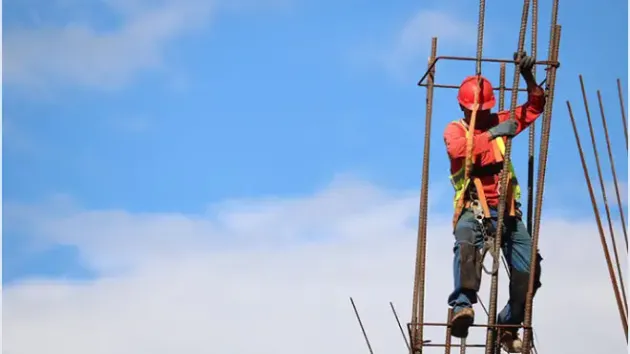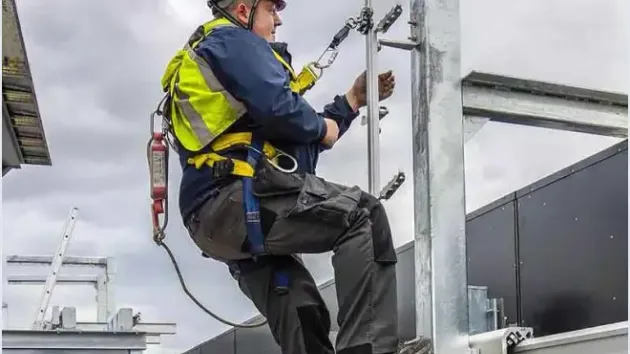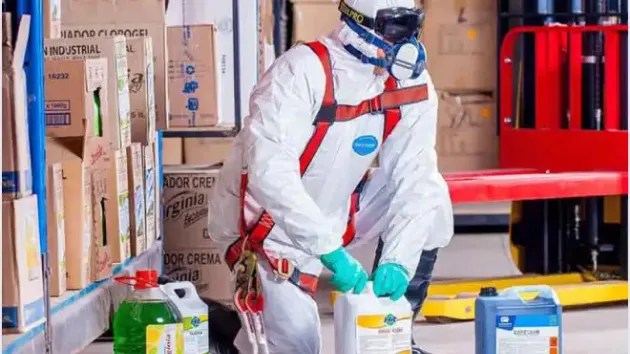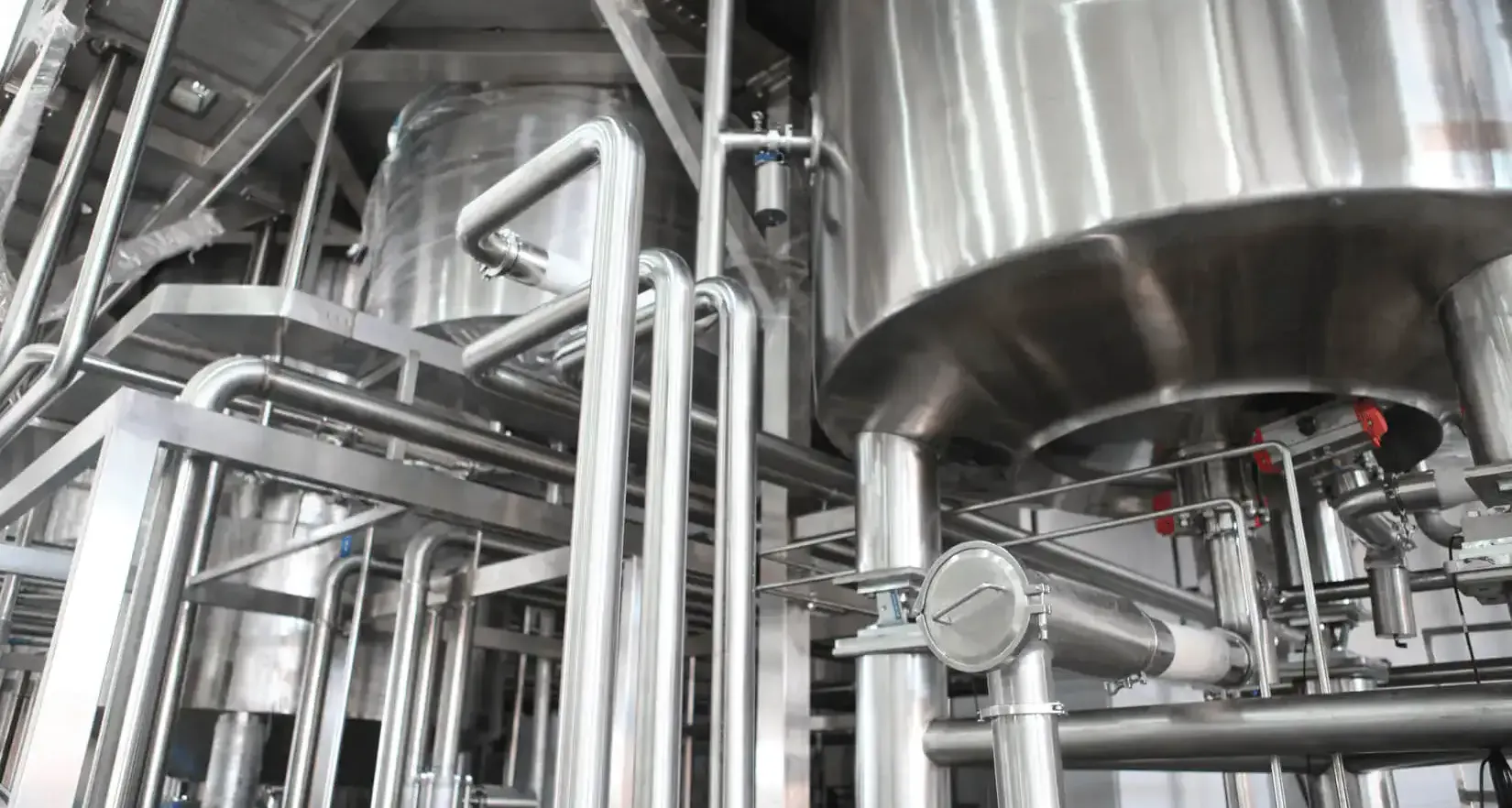Introduction
A wet or dirty floor can spell disaster in an industrial setting, which is why the work of cleaning personnel is so important in this sector.A wet or dirty floor can spell disaster in an industrial setting, which is why the work of cleaning personnel is so important in this sector. Cleaners, however, face a series of considerable risks, from working with dangerous chemicals to slips and falls, ergonomic hazards, as well as being exposed to infectious diseases and mold. To ensure their safety, employees must undergo scrupulous training prior to being assigned their first tasks.
Potential Hazards
The most common risks associated with industrial cleaning include:
Exposure to Hazardous Chemicals.
Cleaning personnel is exposed to dangerous chemicals on a daily basis, even if such chemicals are not used in the industrial settings that these employees are required to clean. Indeed, the danger comes from the industrial-grade solutions and disinfectants that must be used to sanitize a space. These include solvents, sanitizing agents, and hydrochloric acid, which can cause dermatitis, irritation of the eyes and respiratory tract, as well as serious burns and long-term health issues such as asthma and lung cancer.Exposure to Diseases, Fungi, and Mold.
In an industrial setting, workers in charge of cleaning may come in contact with mouse and bird droppings, but also a number of different disease-carrying vermin. If employees do not wear proper protective equipment in these circumstances, they may become exposed to vector-borne illnesses and be forced to take leave for the duration of the treatment. In addition, prolonged exposure to fungi and mold can lead to pneumonitis, allergic skin reactions, and even asthmatic symptoms. Depending on the type of industrial building that is being cleaned, workers may also inhale dangerous types of dust, such as wood or lead dust, which can cause irreparable respiratory and neurological damage.Ergonomic Hazards.
To ensure that space is properly sanitized, industrial cleaning personnel must repeatedly move heavy objects and equipment, as well as attempt to access tight corners and hidden areas. The cumulative strain of lifting heavy objects and performing tasks in awkward positions for extended periods of time can put a great deal of stress on the worker’s body. If proper lifting, bending, and stretching techniques are not used, this type of physical effort can eventually lead to lower back, muscle, and ligament injuries.Accidental Falls.
Cleaning personnel sanitize and dry the floors in industrial buildings so as to prevent other workers from slipping and injuring themselves. However, cleaners are forced to perform this task while the floors are still wet, which greatly increases the risk of slips and falls. In addition, employees must sometimes use ladders and/or aerial lifts to clean windows and ceilings, which puts them at a considerable risk of falling from a height. Such accidents are even more dangerous than falls to the same level and can prove to be fatal if fall arrest systems are not in place.
Incident Prevention
A successful incident prevention strategy in industrial cleaning must include safety training for all employees, the use of well-kept personal protective equipment, as well as a company culture that focuses on safety, rather than a fast turnaround. As a matter of fact, it was shown across all industries with a high risk of accidents that employees must be allowed enough time to properly check their equipment and perform their tasks. Otherwise, they are encouraged to cut corners and rush through work, which significantly increases the risk of injury.
In addition, employees who are not aware of the hazards associated with their work are far less likely to be able to avoid the latter. As such, rigorous safety training for all cleaners is one of the most effective ways to ensure that no injuries occur in the workplace, especially since the majority of accidents in this sector are the result of human error and can, therefore, be prevented.
Finally, the correct use and maintenance of personal protective equipment can reduce the number of injuries and minimize the consequences of any accidents that do take place. In the case of exposure to hazardous chemicals, for example, workers using respirators, special glasses, and chemical gloves are far less likely to become injured than those who don’t.
Recommended Safety Courses



What You Can Do to Stay Safe
Industrial cleaning puts employees at considerable risk, but the majority of accidents are thankfully preventable. If you work in this sector, your first step should be to undergo the necessary safety training courses and gather the information that you can then use to maintain your health and that of your colleagues. In Canada, your employer is legally required to provide access to such training to all workers.
To consult a more comprehensive list of safety courses best suited for industrial cleaning, please visit our consultation page and navigate to the section on “Cleaning Personnel”.



